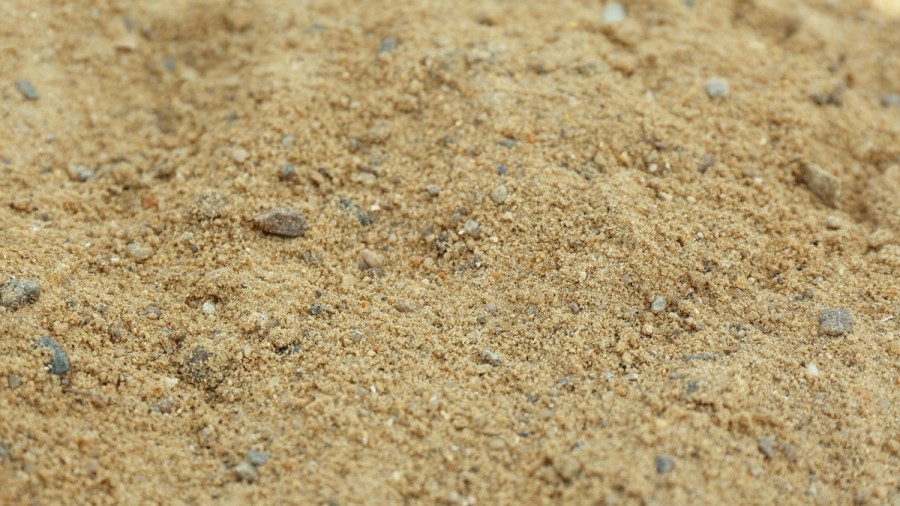The sand is a perfect additive to your gardening mix because it provides the soil with texture and structure. It also helps to improve drainage and aeration, which can be important for plants that prefer drier soil.
Some people use beach sand as an additive in their garden because it provides the soil with texture and structure. It also helps to improve drainage and aeration, which can be important for plants that prefer drier soil.
We all know that sand is a key ingredient for gardening. It’s a natural soil conditioner, a great way to fill up flower pots, and it can even be used in vegetable gardens to keep the weeds at bay.
But did you know that there are different types of sand? And that some types are better for certain things than others?
Sandy soil is very different from the soil that most plants grow in. Sandy soil is not as nutrient rich and it has a lower water retention capacity than other kinds of soil. However, sandy soil does have some advantages. It drains better than clay, which means that it doesn’t get bogged down with water and it’s easier for roots to grow in sandy soils.
The best way to garden with sand is by adding organic matter to the surface of the sand, such as compost or mulch. This will help retain moisture in your garden and provide nutrients for your plants.
What is Beach Sand?
Beach sand is the material that forms the beach and is composed of various minerals.
The most common type of sand on beaches is quartz sand. Quartz sand is made up of silicon dioxide, a chemical compound that makes up almost 30% of the earth’s crust. The second most common type of beach sand is feldspar, which can be found in granite and other igneous rocks.
Beach sand is a type of sand that is found on beaches and other coastal areas. It is composed of small, rounded pieces of rock, shells, coral, and organic materials.
A beach’s sand comes from the erosion of rocks found in the area. When waves crash against the shoreline they cause particles to loosen and break off from the shoreline. The particles are then carried away by currents until they settle at another location to form new beach sand.
How Do You Use Beach Sand in Your Garden?

Adding beach sand to your garden will provide it with a natural, coastal feel. It also has some benefits for plants which will be discussed later on. Beach sand can be used to create dry or wet gardening mixes, depending on what your current soil is like and what you are planting.
Beach sand is a type of sand that is collected from the beach and can be used in a variety of ways. Adding it to your garden will provide it with an aesthetic natural, coastal feel, but there are many other uses for this material as well.
Adding beach sand to your garden can help you create a more natural look. Beach sand is a great material for planting in wet and dry mix because it helps with drainage and aeration of the soil. It also helps with water retention by absorbing the water into its porous structure, which means that it won’t be as likely to wash away during heavy rain or watering.
Beach sand is a great addition to your garden. It is natural and will not harm the environment. Beach sand can be used in wet and dry mix, which creates a beautiful landscape for your plants.
The first step is to get some beach sand from the beach. Take about 2-3 cups of sand and add it to the bottom of a pot or container that you have chosen for planting. You can then add some water, so that it becomes wet enough to be able to plant into it. Then you should wait for it to dry out before adding any more water or plants into the pot or container.


